Employees were reportedly well looked-after. A bowling green was eventually laid out in front of the factory for employee's use during their lunch break. Records show that staff were taken to Edinburgh in 1882 to visit the International Fisheries Exhibition at Waverley Market, where their products would no doubt have been on show.
|
The impending construction of a net works at Lower Largo was announced in 1867 (see previous post) and, by 1871, its founder, David Gillies, was described in the census as a "net manufacturer employing 1 man and 34 women". The image below shows the factory in its original state (prior to an extension being added) which must date to around that time. This grounds are not yet laid out and you can get a sense of what the piece of land would have been like before the net works were built on it - when it was known as 'Cardy Common'. The opening of such a significant source of employment must have been warmly received. Although the work was surely hard, the building was modern and well-ventilated and lit, and the job less messy than many alternatives. The machine operatives were women, who wore dark high-necked buttoned dresses, with white half-aprons, flat dark shoes with toe-caps and had their hair pulled back tightly into buns for safety. The wages book recorded the yardage of net made by each worker every day and at the end of a fortnight (12 working days) the total was divided by 50 (as 50 yards of net was a 'piece'). An experienced worker could make 6 nets in a fortnight. The principle of the machine was to form a sheet-bend by the operative moving a series of levers in sequence. The job was quite a physical one. Employees were reportedly well looked-after. A bowling green was eventually laid out in front of the factory for employee's use during their lunch break. Records show that staff were taken to Edinburgh in 1882 to visit the International Fisheries Exhibition at Waverley Market, where their products would no doubt have been on show. The business flourished and the factory was extended. The 1881 census had recorded David Gillies as "Herring Net Manufacturer employing 65 females and 3 males". The floor plan and photograph below show the extended factory, with a store room, office and W.C.s having been added on the north side, closest to Cardy House. Note that the smithy was at the sea end of the building, where you can still see the chimney today (see image at foot of post). The furnace and bellows are marked on the plan. The gardens have been ornately laid out in the image below, with young trees lining the edge nearest to the factory. To be continued....
0 Comments
Your comment will be posted after it is approved.
Leave a Reply. |
AboutThis blog is about the history of the villages of Lundin Links, Lower Largo and Upper Largo in Fife, Scotland. Comments and contributions from readers are very welcome!
SearchThere is no in-built search facility on this site. To search for content, go to Google and type your search words followed by "lundin weebly". Categories
All
Archives
July 2024
|
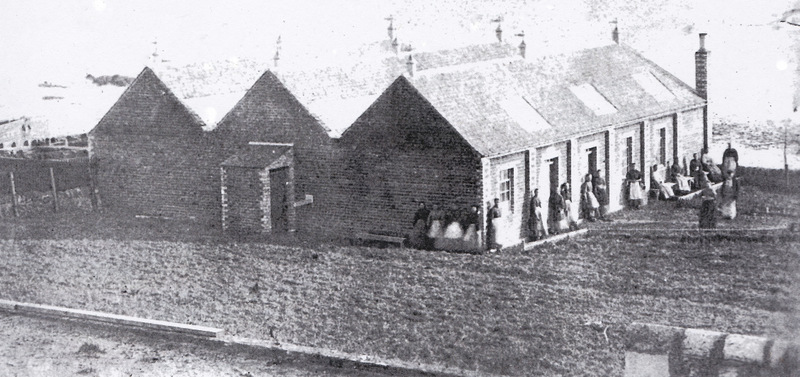
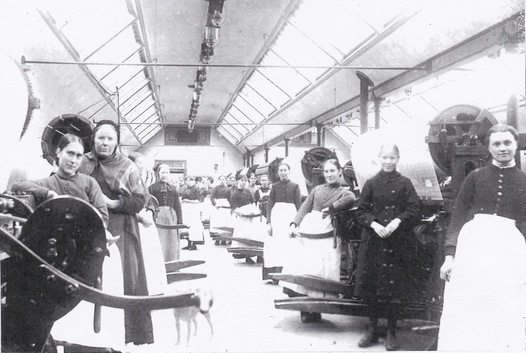
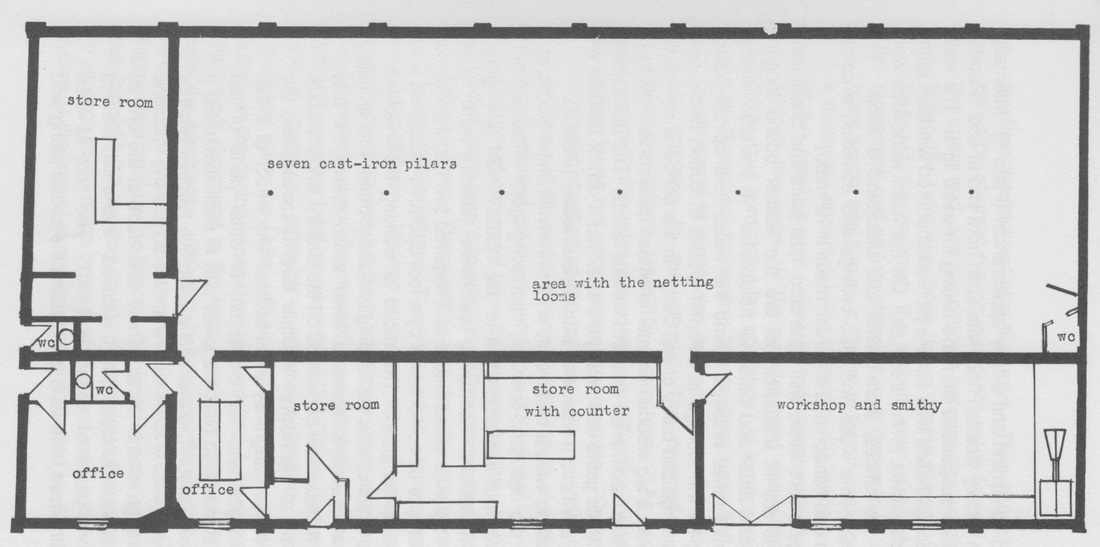
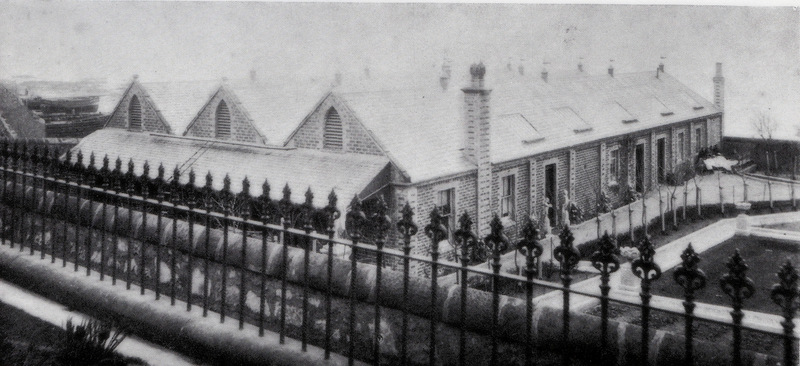
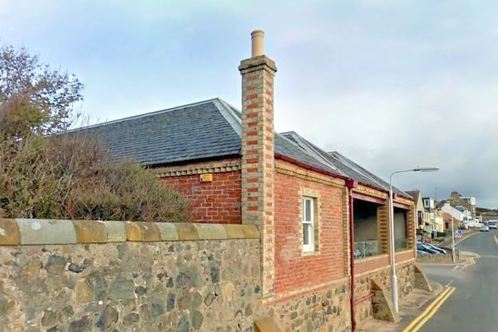
 RSS Feed
RSS Feed
